Neuro-robotics refers to the application of neuroscience knowledge and techniques to the design and development of intelligent robots that can mimic or replicate the functions and capabilities of the human brain and nervous system.
This field of research uses this knowledge to design neuro-robots that can perform similar tasks autonomously.
Applications of neuroscience to robots are:
- Computational models of the brain: Creating mathematical models and algorithms that simulate brain functions and processes, such as learning, perception and motor control.
- NeuroRobotics: Design and construction of robots that use components inspired by the nervous system, such as artificial neural networks, to perform complex tasks and adapt to their environment.
- Brain-computer interfaces (BCI): Development of devices and technologies that enable direct communication between the human brain and robotic or artificial intelligence systems.
- Rehabilitation and robotic prostheses: Development of robotic devices that help patients with motor or sensory disabilities recover lost functions or replace damaged limbs with advanced robotic prostheses.
- Biologically inspired systems: Design of robots and artificial intelligence systems based on biological principles and mechanisms, such as synaptic plasticity or hierarchical organisation of brain areas.
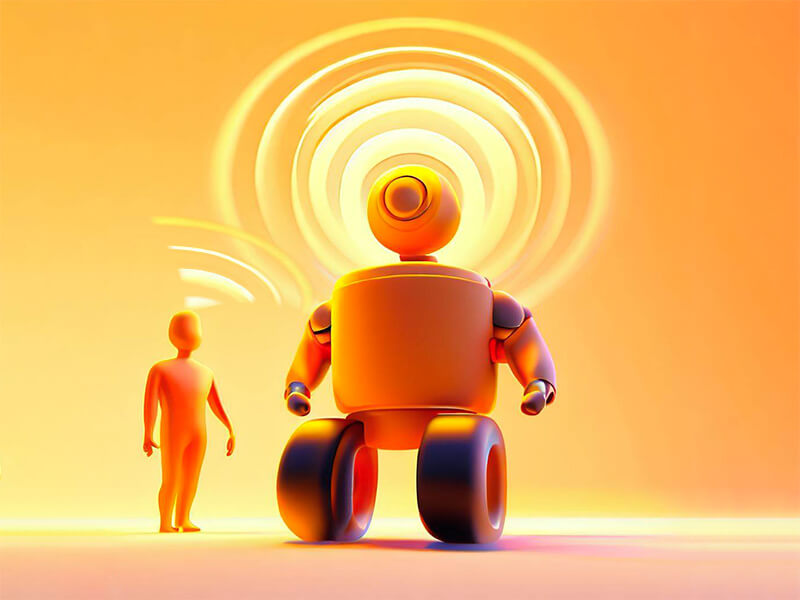
Cognitive Robotics
The concept of Cognitive Computing that aims to create algorithms that mimic the reasoning process of the human brain, not to be confused with artificial intelligence is based on algorithms to solve a problem or identify patterns in large datasets.
Applying this technology to automata results in Cognitive Robotics, which aims to understand human cognitive patterns in order to reproduce them in robots. It searches for new architectures and methodologies to improve the ‘perception-comprehension-action‘ cycle of artificial autonomous systems, as well as to make interactions between humans and machines simpler and more natural.
Cognitive robotics differs from traditional robot design in that cognitive robots are able to make proactive decisions and autonomously reconfigure their activity depending on the situation, whereas traditional robots are typically programmed with specific instructions telling them what to do.
Human interaction
Human interaction is a crucial aspect of the study of human-robot interaction (HRI). HRI is the study of the understanding, design and evaluation of robotic systems for use by or in combination with humans.
Uncanny valley
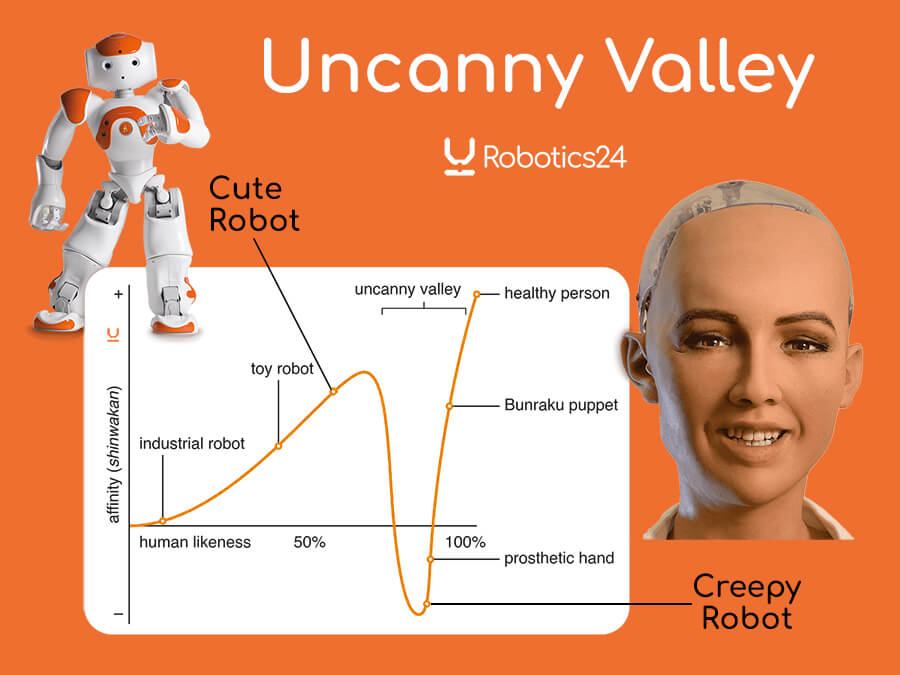
Sometimes, when we interact with a robot that seems ‘too human’ or see an image that is ‘too realistic‘, we experience the phenomenon of the uncanny valley. A disturbing feeling arises, a sense of revulsion and disgust.
Understanding human cognitive processes can be used to develop robots that can interact with humans in a more natural and intuitive way.
BCI Brain-Computer Interface
The most famous example of a BCI is Neuralink an implantable device, created by Elon Musk’s company of the same name, that can read the electrical signals of the neurons in our brains.
Neuralink envisages that the chips could be used in the treatment of various medical conditions such as Parkinson’s disease, paralysis and other neurological disorders, to improve independence in daily life.
There are many other companies engaged in the development of brain-computer interfaces, Synchron, for example, has already installed its version of a neural chip inside some people’s brains.
In a small study in Australia, this type of implant allowed four patients with amyotrophic lateral sclerosis (ALS) to do online operations independently.
NextMind has developed a non-invasive EEG headset that detects neural activity in the visual cortex and translates it into real-time digital commands that can be used to interact with virtual reality environments.
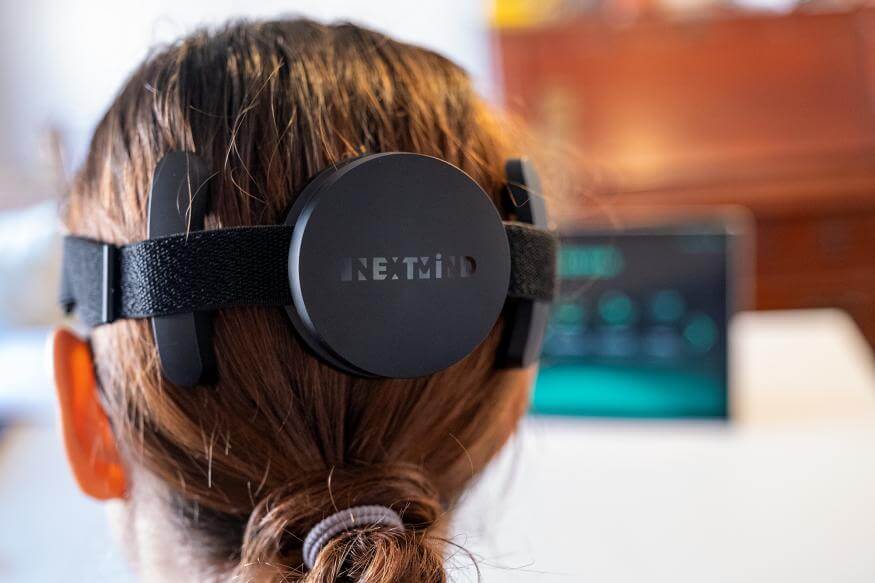
Robotic Rehabilitation
Advanced neurotechnologies combining robotic engineering with neuroscience help people recover from brain injuries, accidents or diseases.
These technologies exploit the brain’s ability to adapt and reorganise itself (brain plasticity) to help patients regain motor functions.
Some of the most commonly used robotic rehabilitation technologies include the use of exoskeletons, robots for arm and hand rehabilitation, and transcranial direct current electrical stimulation (tDCS).
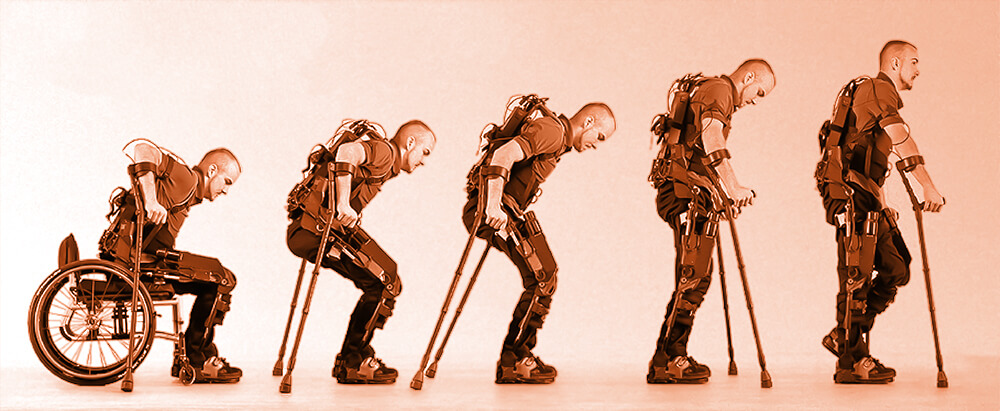
These robots help patients, in a customised way, to strengthen weak muscles, improve balance and co-ordination, and recreate movements of damaged body parts.
Not only sending data to the robotic limb to control it, but also receiving data such as real-world feedback with a bionic skin
Digital brain
Another approach to Neuro-robotics is to build a silicon brain to simulate complex brain modelling.
Contemporary artificial intelligence systems still lack high-level cognitive and learning capabilities.
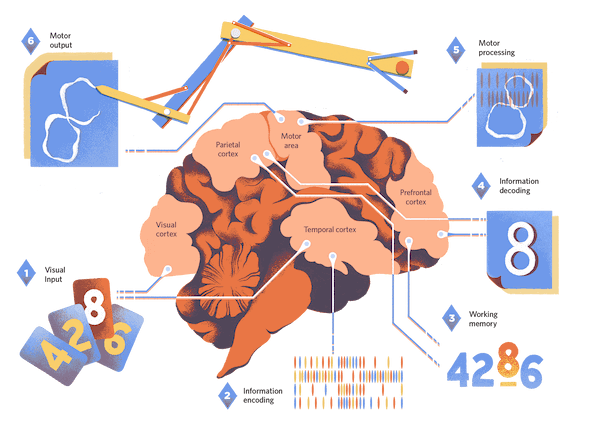
With the help of digital neuromorphic chips, scientists now aim to precisely model how humans can quickly and easily learn a cognitive task, such as a new board game.
In digital neuromorphic chips, silicon ‘neurons‘ replicate the way information flows in biological neurons, but with different physics.
In this way, it is now possible to better emulate learning and to model chemical processes, such as the effects of dopamine on learning.
A person brain social network
BrainNet enables collaborative problem solving using direct brain-to-brain communication.
The interface combines electroencephalography (EEG) to record the electrical activity of the brain and transcranial magnetic stimulation (TMS) to deliver information to the brain non-invasively.
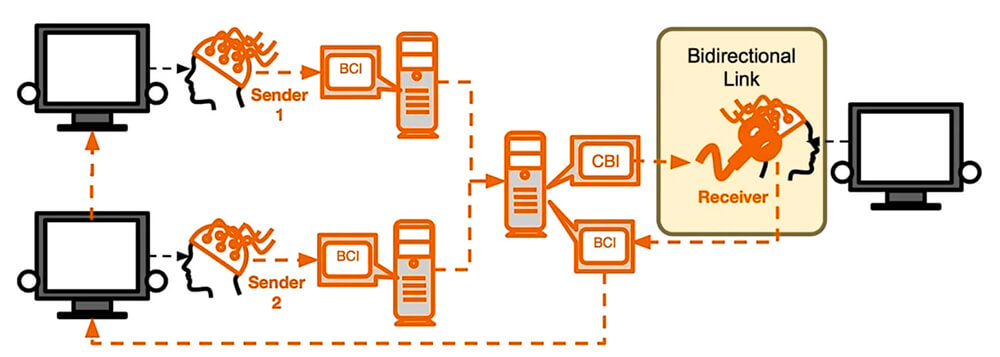
Andrea Stocco and her colleagues at the University of Washington have created the world’s first brain-brain network by connecting three people to play a Tetris-like game collaboratively.
The team says that information travels through a bespoke network set up between three rooms in the lab, but there is no reason why the network cannot be extended to the Internet, allowing participants from around the world to collaborate.
Brain Organoids
A brain organoid is basically a small brain, derived from stem cells.
In this research they have connected an organoid to a robot to give movement commands as our neurons would do with muscles through the nervous system.
These neuro robots are also called hybrot (short for “hybrid robot”) consisting of both electronic and biological elements
Bio-inspired robots
Emerging research focuses on the design of robots and artificial intelligence systems based on biological principles and mechanisms, such as synaptic plasticity or the hierarchical organisation of brain areas.
These studies will make it possible for soft-robots to perform more complex and natural movements inspired by animals.
Thoughts
By being able to deeply understand and digitise the functioning of our brain, we may soon have an EAI (Emotional Atrificial Intelligence) that understands us better than we understand ourselves.
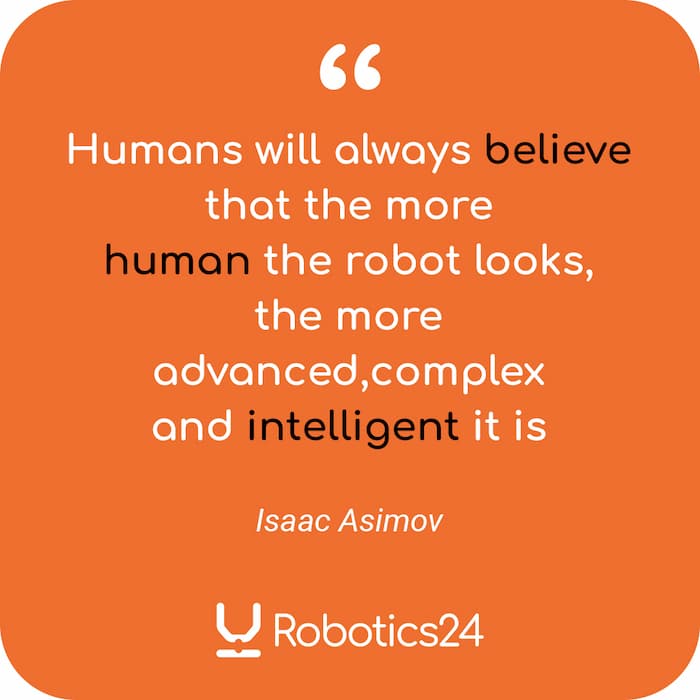
See more quotes on Twitter
Considering these new technologies, will Asimov’s 3 Laws of Robotics be sufficient for us not to fear a dystopian future of over-advanced and uncontrollable Neuro-robots?
Conclusion
Neuro-technologies have significant potential to improve robotic and artificial intelligence technologies, making them more efficient, adaptable and able to interact effectively with humans and the environment.
Some tips
Books:
-
‘Neuro-Robotics: From Brain Machine Interfaces to Rehabilitation Robotics’ by José L. Pons
This book explores the relationship between neuroscience and robotics, covering a wide range of topics from the design of neural prostheses to robotic rehabilitation, examining how these technologies can help people regain motor function after an accident or illness. -
‘Neuro-Robotics: A Computational Approach’ by G. Cheng and S. P. Sabes
This book explores the computational modelling of the brain and the design of robots that can mimic human cognitive processes, such as perception, information processing and movement planning.
Links:

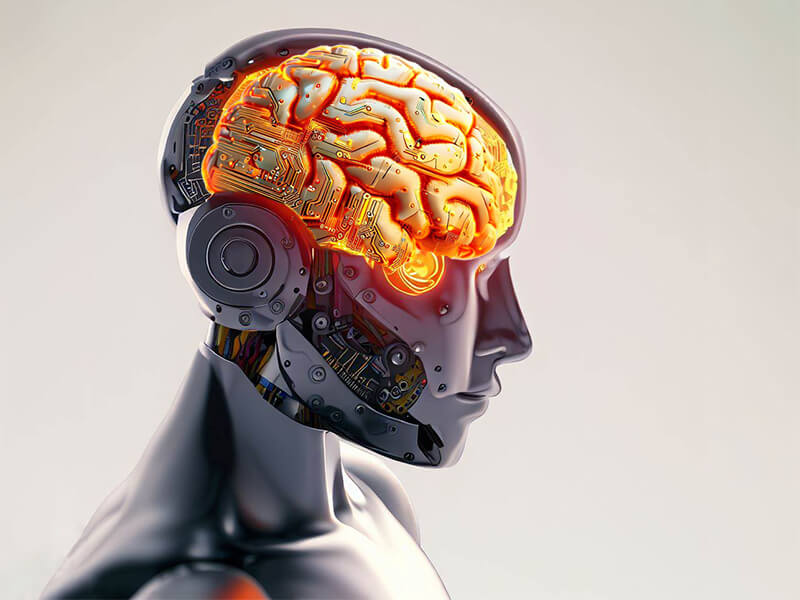
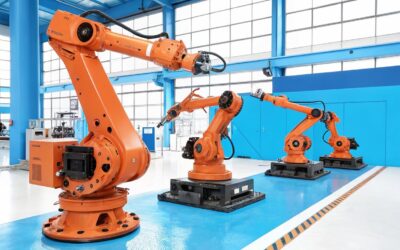


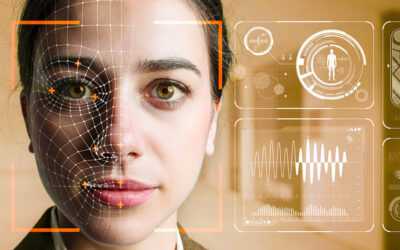
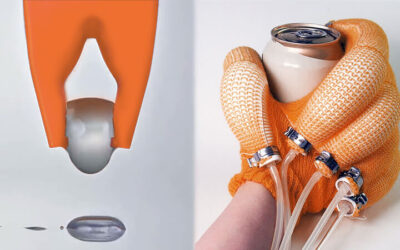

0 Comments